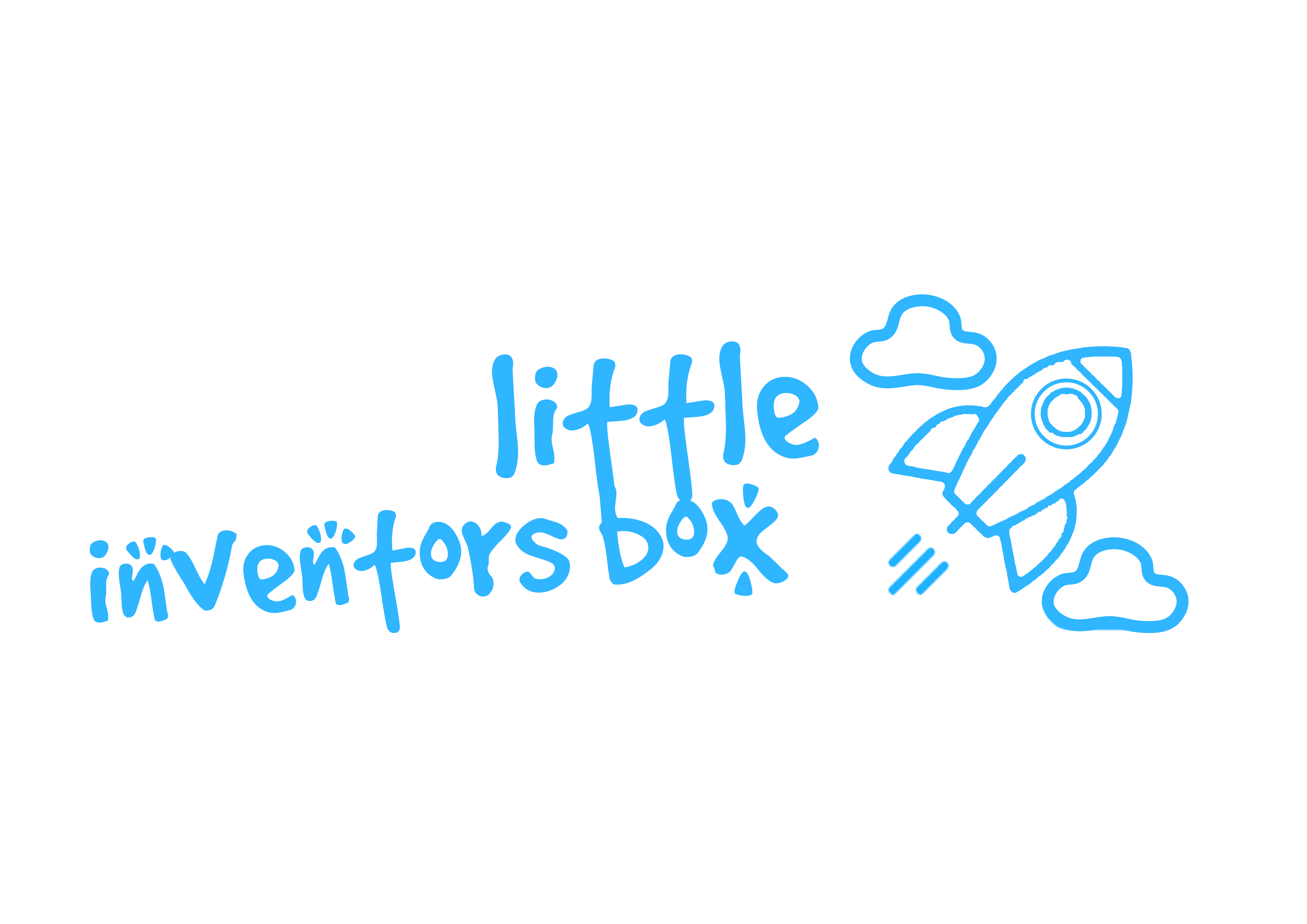Have you ever seen tiny lights on your TV, computer, or even your toys? Those little lights are called LEDs! They help make our world brighter while using very little energy. But how do they work? Let’s find out!
💡 What is an LED?
An LED (Light-Emitting Diode) is a special kind of light that glows when electricity passes through it. Unlike old-fashioned light bulbs, LEDs don’t have a burning wire inside. Instead, they make light in a cool way using tiny materials called semiconductors!
⚙️ How Does an LED Work?
- Electricity flows through the LED when you turn it on.
- Inside the LED, tiny particles called electrons move around.
- These electrons release energy as light!
- Instead of heat (like in old light bulbs), LEDs turn most of the energy into light, which is why they don’t get super hot!
🌈 Why Are LEDs So Cool?
✔️ They last a long time – Some LEDs can shine for over 10 years!
✔️ They save energy – LEDs use way less electricity than normal bulbs.
✔️ They come in lots of colors – Red, blue, green, and even rainbow!
✔️ They don’t get hot – So they’re safer to use.
🔍 Where Can You Find LEDs?
🔦 Flashlights – LEDs help make super bright flashlights!
🎄 Holiday Lights – Many Christmas lights are now LEDs.
📺 TVs & Phones – Screens use tiny LEDs to glow.
🚦 Traffic Lights – They last longer and save energy.
🏠 Try This at Home!
Want to see an LED light up? Try this:
🔹 Find a small LED light (from an old toy or a kit).
🔹 Connect it to a small battery (ask an adult for help!).
🔹 Watch it glow! You just made light with science!
🌟 Fun Fact!
Did you know the inventors of blue LEDs won a Nobel Prize because their discovery helped make white LED lights? Now we use them in almost everything!
